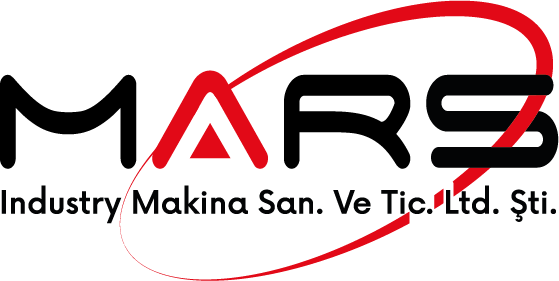
Machining (subtractive manufacturing) is the controlled removal of material with cutting tools to achieve the required dimensions, tolerances, and surface finish on metals and plastics. In this guide, you’ll find what machining is, which machines are used, the step-by-step process, pros and cons, and what sets our workshop apart. Machining is a manufacturing method where the raw stock is shaped by removing chips to reach the desired dimensions and tolerances while achieving the target surface roughness. The process can be performed on conventional lathes and mills as well as advanced CNC machines. Common materials include structural and alloy steels (S235, C45, 4140), stainless steels (304, 316), aluminum (6061, 6082, 7075), brass (CuZn39Pb3), bronze, engineering plastics (POM, PA6, PTFE), and various cast alloys. With the proper tooling and cutting data, both tool life and surface finish are optimized. We apply relevant ISO tolerance classes (e.g., H7/g6 fits) per project. Surface finish targets are defined by Ra; roughing is followed by finishing passes and, where necessary, grinding to reach the specification. Dimensional and surface reports are available upon request. Visit our Contact page to share your drawings and requirements, and see details of our turning and CNC milling services. Depending on geometry and material, we achieve tight, micron-level tolerances. The agreed tolerance is clearly stated in our quotations. Yes. We optimize our process for quick turnaround and competitive cost in single-piece and small-batch runs. Yes. We manage requests such as nitriding, induction hardening, case hardening, anodizing, and galvanizing within the project scope. Preferably STEP/IGES (3D) and PDF/DWG/DXF (2D). Including material, tolerance, and surface roughness targets speeds up quoting.Machining (Subtractive Manufacturing): Definition, Process, Advantages, and Applications
What Is Machining?
Main Machine Tools
Machining Process (Step by Step)
Advantages and Limitations
Advantages
Limitations
Materials We Machine
Tolerance & Surface Finish
Application Areas
Why Choose Us?
FAQ
What tolerance range do you work to?
Do you produce low-volume prototypes?
Do you provide heat treatment and coatings?
Which drawing/file formats do you accept?

 Türkçe
Türkçe